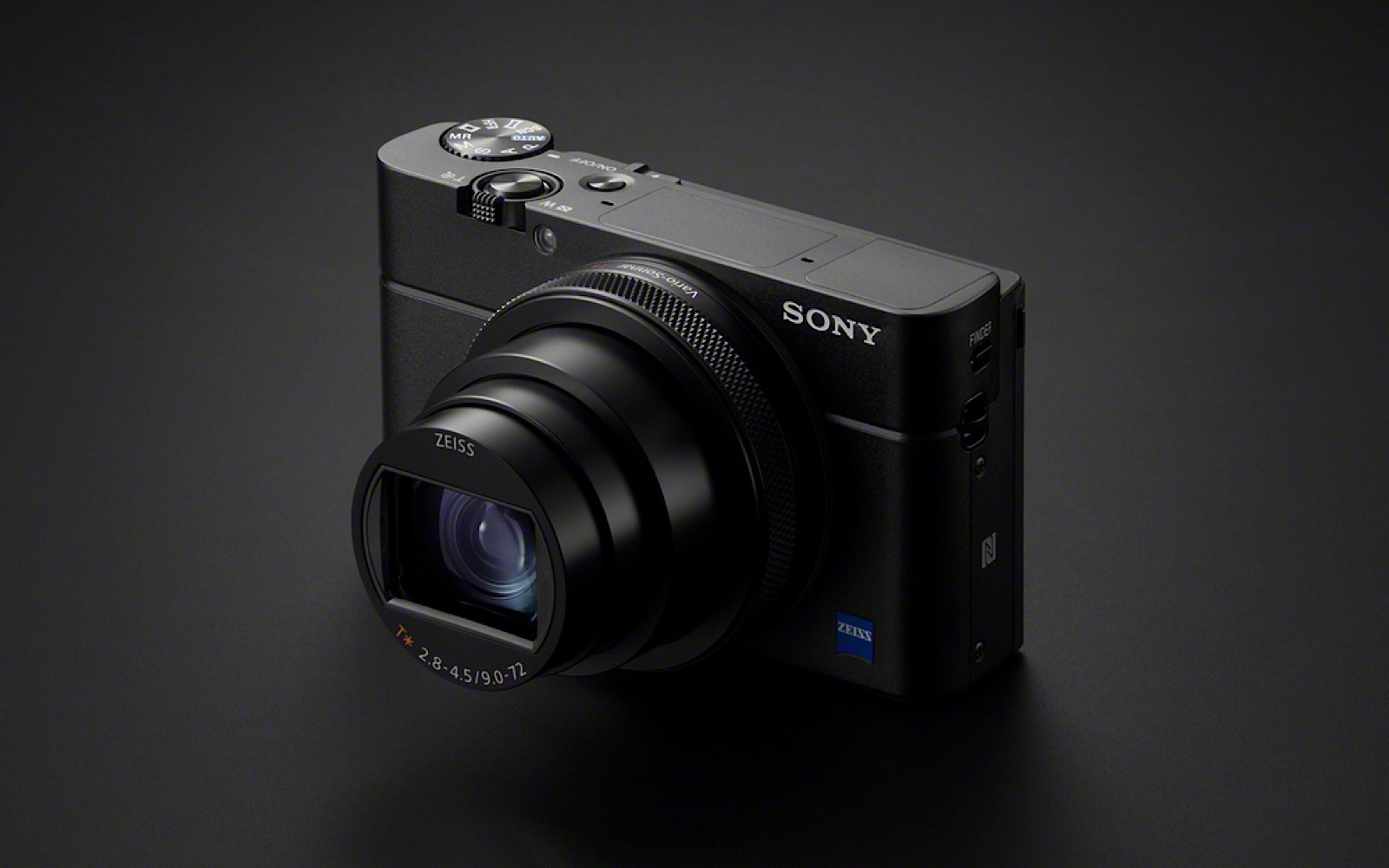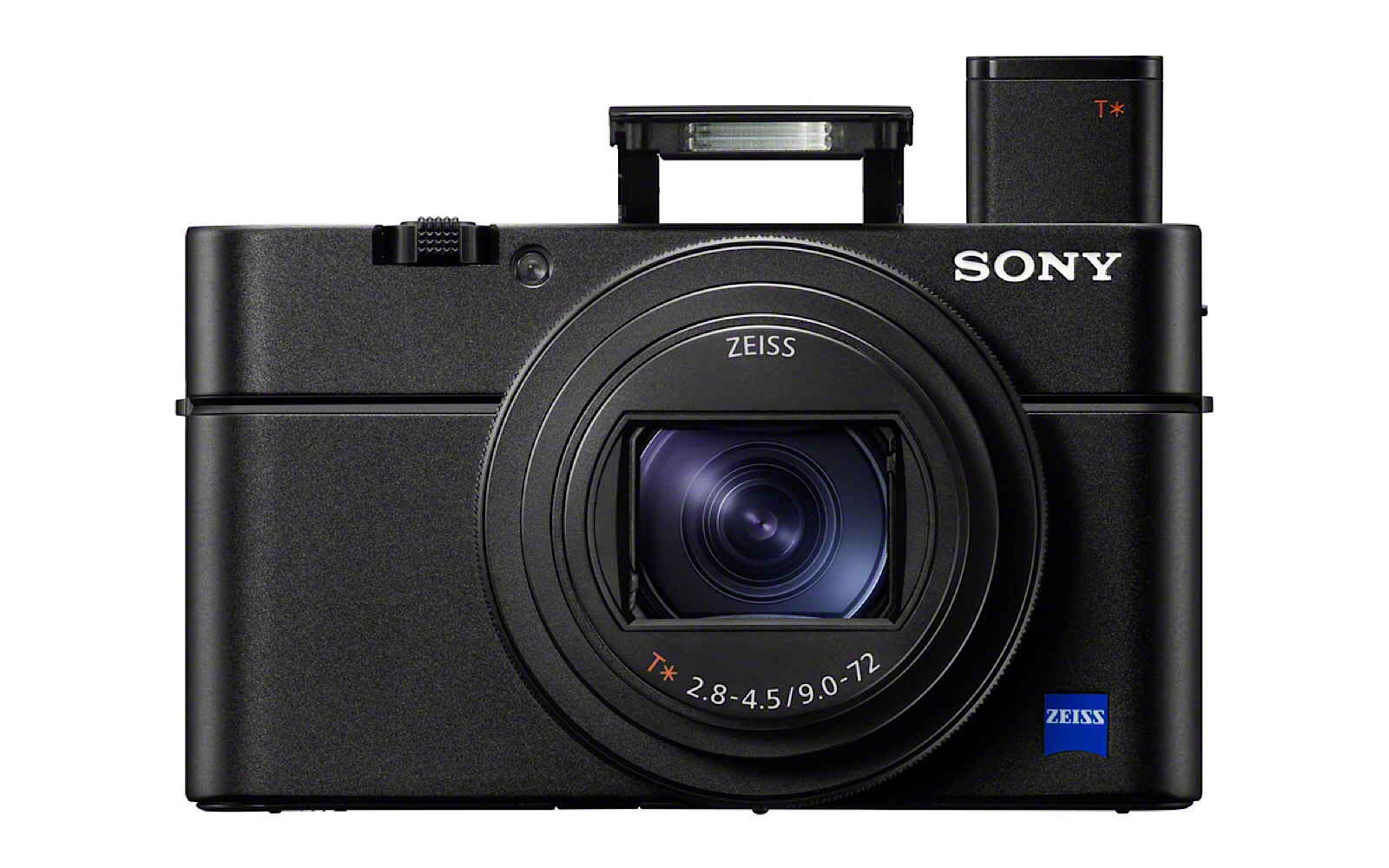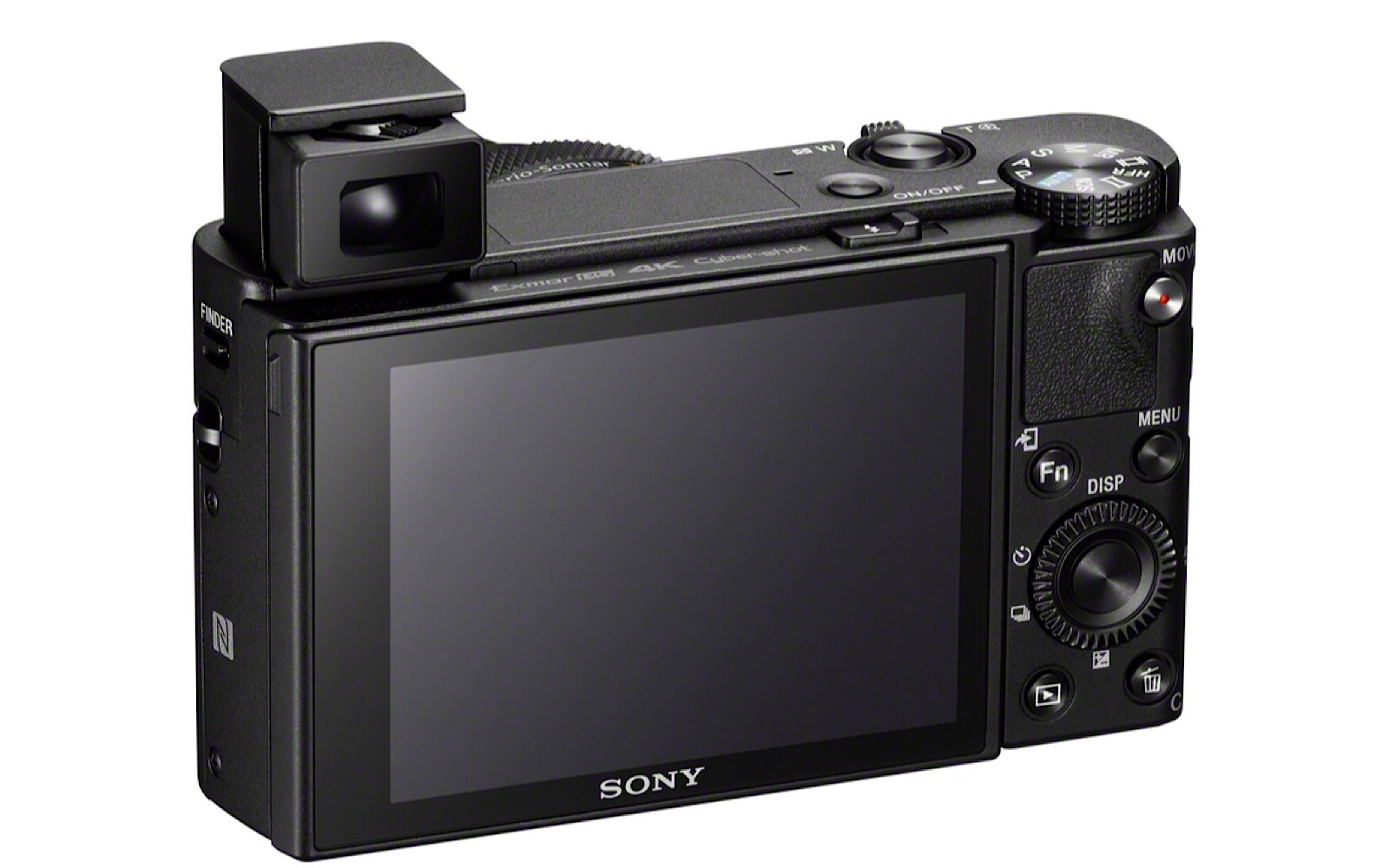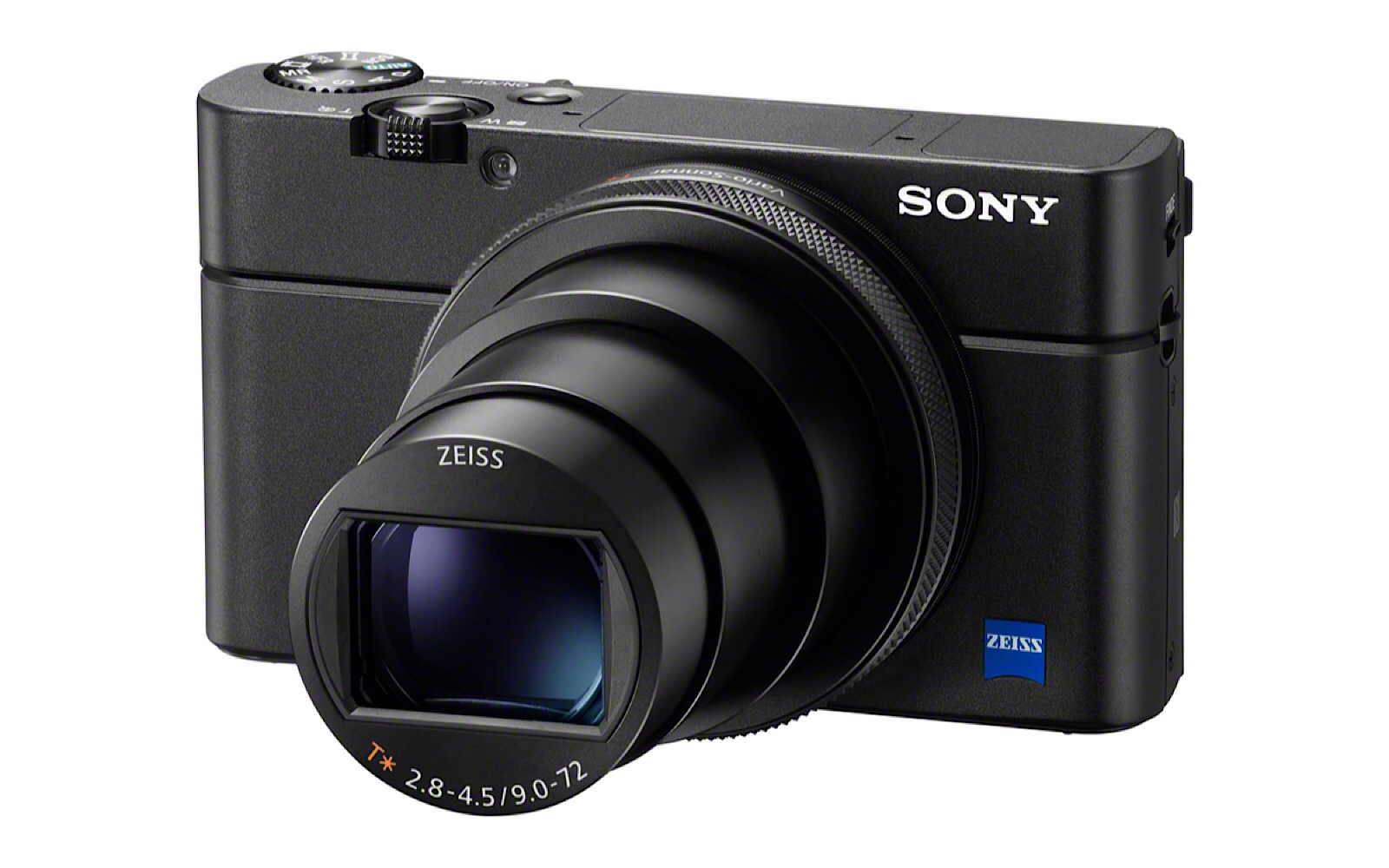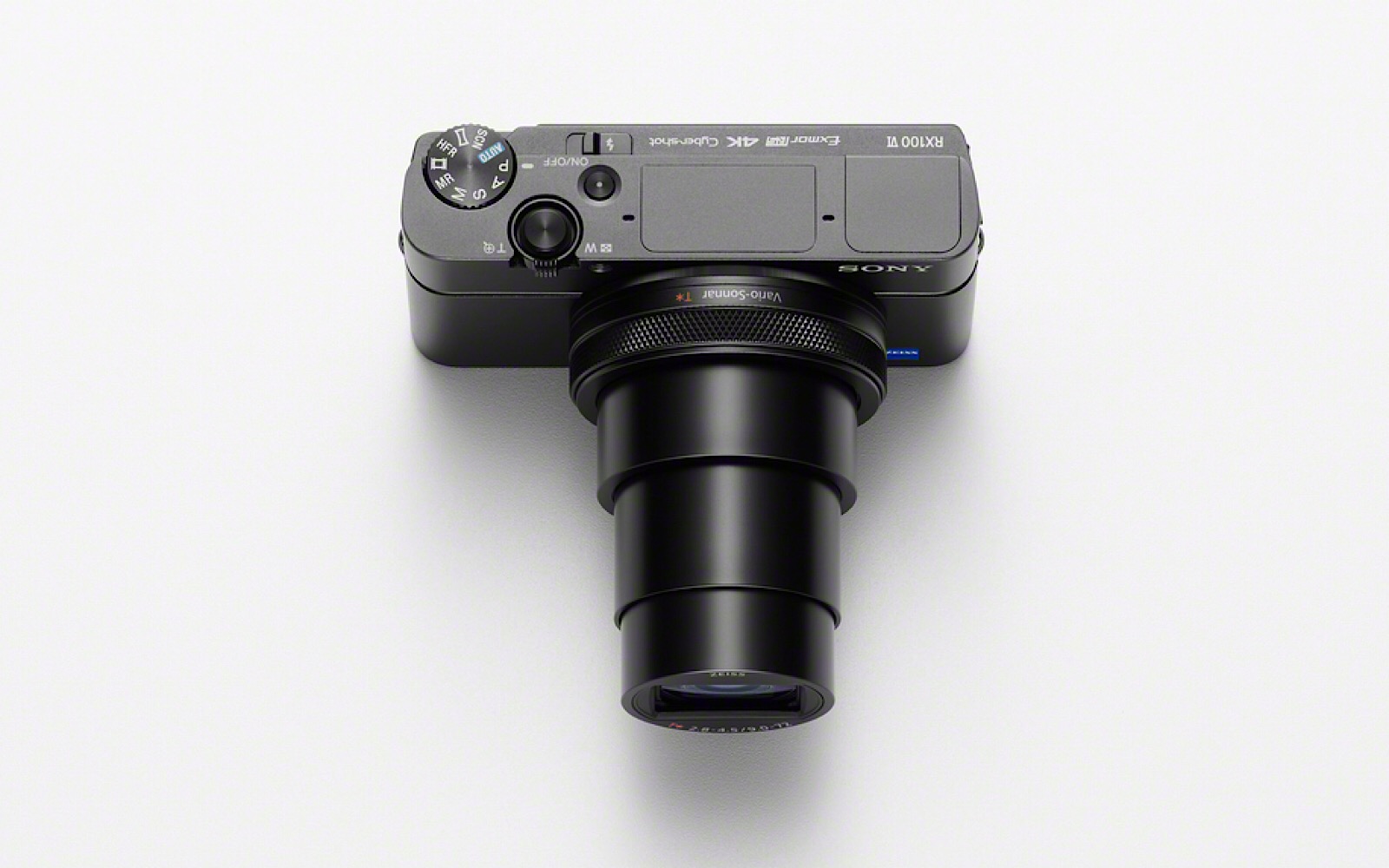Small cameras don’t often hit a big distance, but in Sony’s latest RX-series camera, the focus is on both adjectives in the one body.
The digital pocket-friendly camera may be getting its market share impacted by the smartphone, but so far, smartphone cameras haven’t yet found a way to beat the digital camera in all things photographic. Sure, some phones are getting closer, but there’s still a lot of work to be done.
And that’s especially true seeing what Sony has announced this week, with a new flagship camera that is big on features and price, and small on size.
It’s another model in the long running “RX” series, which is Sony’s premium line of compact and advanced digital cameras, though models without interchangeable lenses. Sony has a few of them, and they almost all have “X” in the model, including the HX and WX.
The RX range of cameras has always been built for the more premium end, and in the RX100 VI — yep, we’re at a sixth model, it seems — Sony is intent on making it a compact with a lot of room to move. And given the position cameras are in these days, that seems like a strong idea.
Smartphone cameras are getting much, much better, and the reasons for carrying a compact seem to be lessening, as most of us turn to our phone to do double duty, and for more than just the casual selfie. With telephoto lenses being added to cameras and zoom now possible, camera makers need to do much more to keep the interest, and that’s basically what Sony is trying to do with its RX100 Mark 6.
The new model sports a what is essentially a the typical photographer’s lens length, with 24-200mm found inside this compact rectangular camera, making up the difference between what a 24-70mm and a 70-200mm camera would normally offer in range. That’s a kit typical to most photographers, and while the RX100 Mark 6 lacks the aperture range those lenses tend to deliver (F2.8 through the entire system), it does include a four-stop image stabilisation, making it possible to get low light even when you push out of F2.8 and into F4.5 at the long end of the camera.
That’s without an interchangeable lens, and it’s one of the reasons Sony’s RX100 Mark 6 exists, with the body built to encompass what a lens-based camera would normally work with, but without the need for lenses.
“There is a misconception that you can only take brilliant photos and videos with an Interchangeable Lens Camera (ILC) and lens,” said Sony Australia’s Jun Yoon.
“The RX100 VI allows you to capture every moment through the extensive reach of the 24-200mm zoom lens with advanced auto-focus and high-speed shooting, without compromising image quality.”
Sony’s RX100 Mark 6 also sports a new 20.1 megapixel sensor and an upgrade image processing system, with fast autofocus that can lock in speeds as low at 0.03 seconds, while images shot at a maximum of 24 frames per second and 4K video is also possible from the camera.
There’s also a digital viewfinder Sony calls a “Tru-Finder” powered by OLED, while the back sports a touchscreen that can be flipped around as well. Meanwhile, like most cameras, the RX100 Mark 6 can connect to your phone and tablet for easy sharing, and that’s really a necessary part of having a modern camera: easy sharing.
About the only thing it doesn’t have is a price that fits under $1000, with that tag hitting $1699 instead. That makes it a rather pricey compact camera, though one that offers quite a bit of flexibility.
You’ll find Sony’s RX100 Mark 6 in stores soon, arriving in Australia late June.


